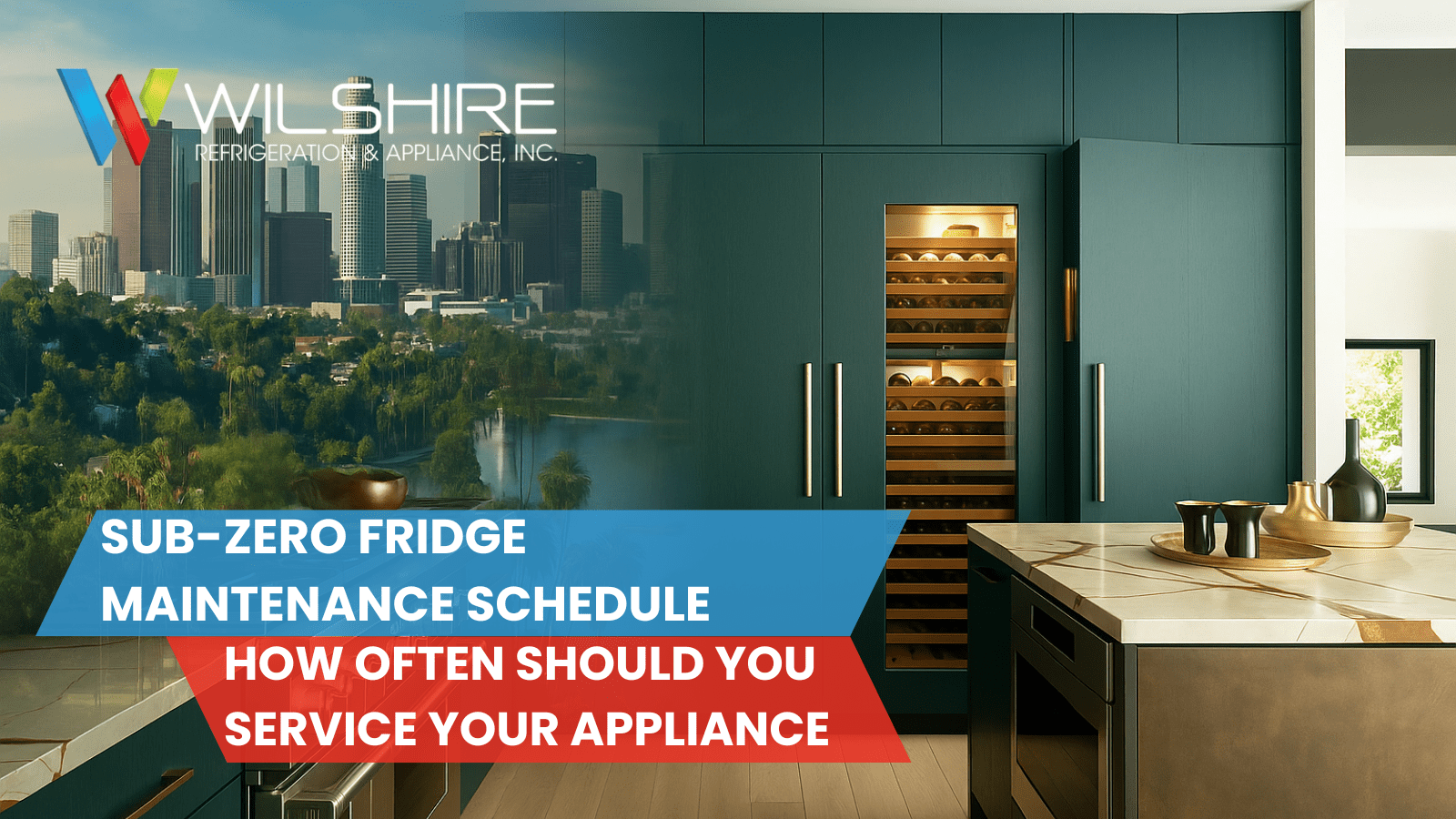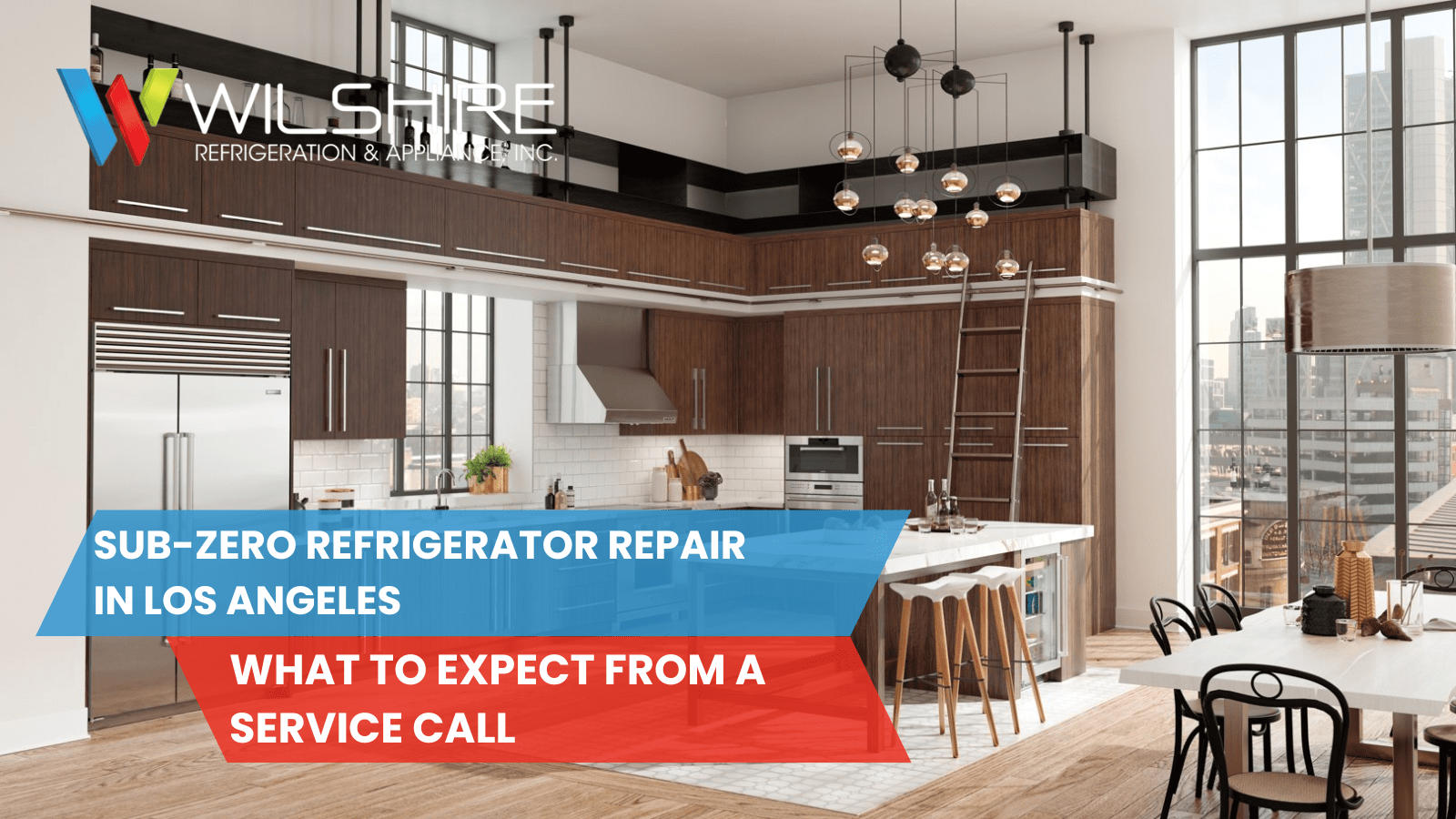An electrical supply is needed to start a refrigerator’s compressor. It can be provided via a wall outlet, generator, or inverter, a device that converts DC power into 120-volt AC power. But refrigerators consume a lot of power to cool the interior and maintain a steady temperature. If your appliance uses a Sub-Zero inverter, we’ll explain how it works.
What Is a Sub-Zero Inverter Compressor?
The compressor removes heat to regulate the temperature inside a refrigerator. Traditionally, it operated at a fixed speed and would either be on or off. An inverter compressor works differently in that it runs at variable speeds. The speed of the compressor is increased or decreased incrementally depending on the cooling requirements of the fridge.
In an inverter refrigerator, the compressor never stops. It does not have to start up to achieve the necessary speed (and use even more power in the process). It will just slow down to maintain the required temperature. The compressor usually runs faster during the day or in hotter weather, and at a slower speed at night.
A refrigerator with a Sub-Zero inverter provides the following benefits:
- Precise Temperature Control: The compressor automatically adjusts based on ambient temperatures, operating mode, and when you open or close the door.
- Reduced Electricity Consumption: Working continuously, the compressor will slow down when there’s a lower demand for cooling, saving power.
- Quieter Operation: In a conventional fridge, the compressor can make a noise and vibrate when it starts. An inverter compressor runs at a low speed; gradual increases in speed minimize noise and vibration.
- Longer Lifespan: The repeated stopping and starting of a compressor that always runs at full speed can wear it out. Inverter compressors have less wear and tear overall throughout their life.
What If My Fridge Doesn’t Have an Inverter?
An inverter can be purchased separately but it must be powerful enough to operate a refrigerator. To find a suitable inverter, determine the power draw of your refrigerator. It should be listed on the nameplate in amps or watts; you can match the wattage directly with the capacity of an inverter. If the number is expressed in amps, multiply the number of amperes by 120 volts to obtain the running wattage. An inverter must also be able to handle three times this amount when the fridge’s motor is starting up.
An inverter’s power rating can be determined by looking at its:
- Continuous Wattage: The output it can supply as long as it receives DC input.
- Peak Surge Wattage: The split-second spikes in power it can handle.
The inverter’s DC battery capacity is another consideration. The refrigerator’s AC running watts must be converted to DC amps to identify the battery requirement. To calculate the DC amps needed, divide the AC running watts by 12 and multiply the result by 1.1, but that’s not all you need to know.
The inverter’s battery rating is important as well. Rated in ampere-hours, lead-acid rechargeable batteries can be damaged if allowed to drain below 50% capacity. That means a 105-ampere-hour rated battery can deliver 105 DC amps for an hour. But after 30 minutes, it is at risk of being damaged. Therefore, you need to know how long your refrigerator runs, if it does so intermittently or continuously, and for how many minutes each hour it is on.
Installing or connecting an inverter yourself can be confusing. Investing in a Sub-Zero inverter compressor refrigerator is much more convenient and can yield a range of benefits.
Contact Wilshire Refrigeration & Appliance
Serving customers in Southern California and Las Vegas, we provide factory-certified appliance repair. Our technicians are trained in the latest products, tools, and techniques, so can address any issue with a Sub-Zero refrigerator or Sub-Zero inverter compressor. To schedule appliance repair services in your area, contact us online or call 800-427-3653 today.





